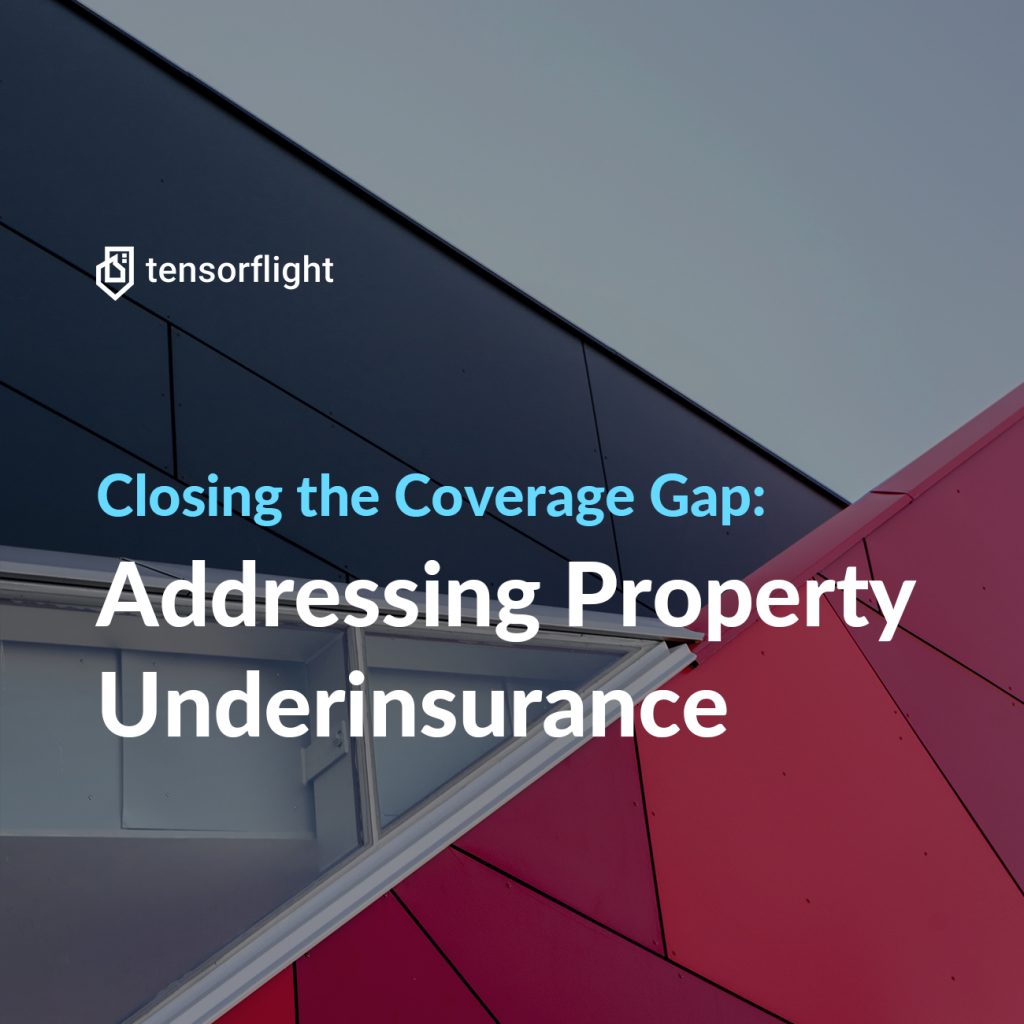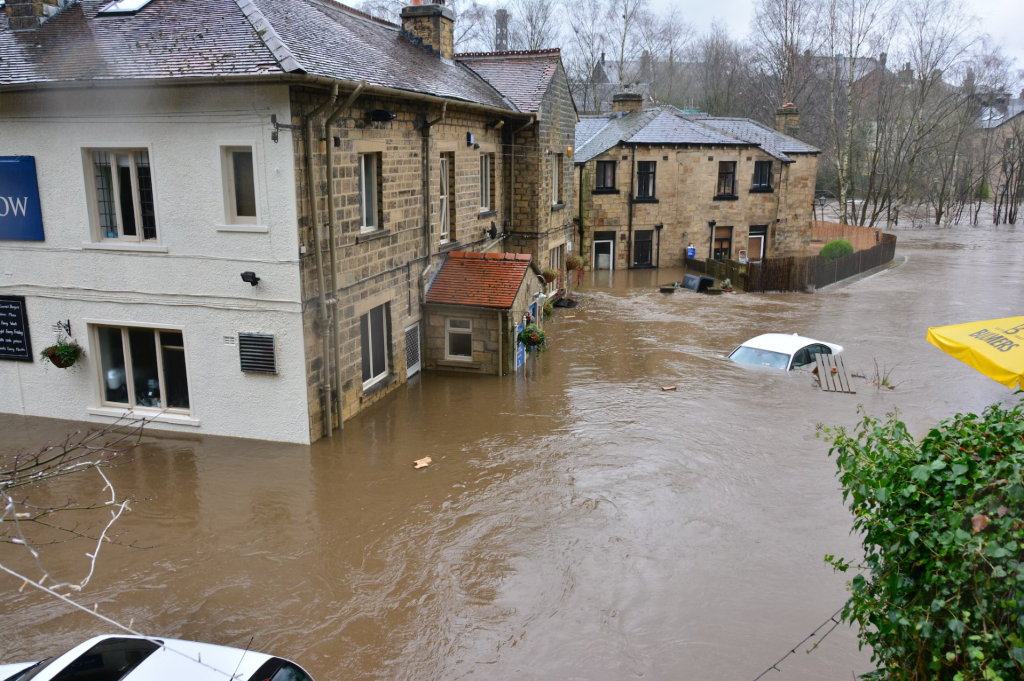Inaccurate property valuation is a significant concern in the insurance industry, both domestically and on a global scale. In the United States, this issue poses substantial challenges for both insurers and policyholders, with far-reaching implications for the overall insurance market worldwide.
In this article, we explore the scope of underinsured properties in the USA and globally, and examine how it affects the global insurance landscape.

Underinsured Property in the USA
Underinsured properties are a prevalent problem across the United States, impacting both residential and commercial sectors.
Here are some key aspects that highlight the scope of property undervalue in the country:
Residential Properties: A substantial number of homes in the USA are underinsured, leaving homeowners vulnerable to inadequate coverage. Studies suggest that approximately 60% of homes are undervalued, meaning the insured amount falls short of the true replacement cost.
Commercial Properties: The issue of underinsurance extends to the commercial sector as well. A report by Altus Group suggests that up to 75% of commercial properties may be underinsured, leaving businesses exposed to significant financial risks.
Regional Variances: Property underinsurance is not evenly distributed across the country. Different regions may face varying degrees of underinsurance based on factors such as market conditions, supply and demand dynamics, and regional economic disparities. Certain areas may be more prone to underinsurance, exacerbating the problem.
Impact on the Global Insurance Market
Here are some ways in which property undervalue in the USA impacts the global insurance landscape:
- Underinsured properties present a financial risk for insurers operating globally. Insurers who provide coverage for properties located in the USA may face higher claims costs due to inadequate coverage, potentially impacting their overall profitability and stability.
- Reinsurance companies that provide coverage to primary insurers worldwide must take into account the prevalence of property undervalue in the USA. This factor can influence reinsurance pricing and terms, as undervalued properties pose higher risks in the event of a catastrophic event or widespread damage.
- Underinsured properties can contribute to market volatility and uncertainty within the insurance industry. The presence of undervalued properties can lead to disputes during claims settlement, delays in compensation, and potential financial hardships for policyholders. These factors can create instability in the market and impact overall consumer confidence.
Insurers globally need to consider the lessons learned from the issue of property undervalue in the USA. It underscores the importance of accurate risk assessment and proper pricing to ensure adequate coverage. This consideration becomes particularly crucial for insurers with international operations or those insuring properties in regions where undervaluation is prevalent.
Addressing the problem of property underinsurance requires a multi-faceted approach involving insurers, regulators, and policyholders. Accurate property valuation, leveraging advanced technologies and data sources, is crucial to mitigate the risks associated with undervalued properties. Insurance industry stakeholders must collaborate to establish best practices and ensure that policyholders receive adequate coverage based on the true value of their assets.
Impact on Homeowners
Underinsured properties don’t just impact the insurance industry; they also pose significant risks for homeowners. When a property is underinsured, homeowners face potential financial hardships and coverage gaps, leaving them vulnerable in case of property damage or loss.
One of the most immediate impacts of property underinsurance is the financial vulnerability it creates for homeowners. According to a study by Investopedia, approximately two-thirds of American homes are underinsured. This means that the coverage they have in place might not be enough to fully rebuild or repair their properties in case of a disaster.

It’s essential to understand that there is no such thing as a “bad risk”; there’s only a mismatch between the risk and the premium. Accurate valuation plays a crucial role in determining the right premium for homeowners.
The Insurance Information Institute (III) reports that insured losses from natural disasters in the US reached $98 billion in 2022 alone. These losses include damages to properties and belongings, highlighting the significance of having adequate insurance coverage. In areas prone to wildfires, such as California, the issue of underinsurance is particularly prevalent. A study by CoreLogic found that nearly half of the homes at high or extreme risk of wildfire damage are underinsured by at least 20%.

By addressing property underinsurance, insurance providers can offer appropriate coverage that aligns with the true value of the property. This ensures that homeowners have the necessary financial protection and minimizes the risks associated with inadequate coverage.
Collaboration of homeowners, insurance providers, and advanced technologies can lead to a more resilient and equitable landscape. Embracing accurate valuation and addressing underinsurance enables us to foster a stronger insurance ecosystem, providing peace of mind to homeowners and businesses alike.
Problem with static data attributes
When it comes to calculating replacement cost for properties, relying solely on static data attributes can present some challenges – the dynamic nature of factors such as inflation, material costs, and labor expenses makes it crucial to consider the limitations of static data when determining accurate replacement cost values.
One of the key challenges in using static data attributes for replacement cost calculations is the impact of inflation. Over time, the purchasing power of currency tends to decrease due to inflation, resulting in higher costs for materials, labor, and other resources. This means that the cost of rebuilding or repairing a property can significantly differ from its original construction cost captured by static data. For example, let’s consider a property that was built 10 years ago. If the replacement cost is determined based on the construction cost at the time of building, it fails to account for the inflationary pressures and increased costs that have occurred over the past decade. Consequently, using static data attributes without considering the effects of inflation can lead to underestimating the true replacement cost of a property.
In addition to inflation, the costs of materials and labor can experience fluctuations over time. Static data attributes often capture the original costs associated with construction or property valuation, but they may not reflect the current market rates. Materials such as lumber, concrete, and metals, as well as the wages for skilled labor, can witness significant changes due to supply and demand dynamics, market trends, or economic factors. These changing costs can directly impact the accuracy of replacement cost calculations. Failing to consider the current market rates for materials and labor can result in an underestimated replacement cost, leaving homeowners with inadequate coverage if they need to rebuild their property.
To address the challenges associated with static data attributes, it is essential to incorporate accurate and up-to-date information into replacement cost calculations. Advanced technologies and data-driven solutions, such as Tensorflight, leverage artificial intelligence and data analytics to provide comprehensive insights into replacement cost values that consider the dynamic factors influencing construction costs. By integrating real-time data on material costs, labor rates, and inflation trends, these solutions can offer a more accurate representation of the current replacement cost for a property. This enables insurance providers to assess risks effectively, determine appropriate coverage limits, and ensure homeowners have the necessary financial protection in the event of property damage or loss

Tensorflight and replacement cost
Tensorflight offers comprehensive replacement cost data for both commercial and residential properties. Using our advanced AI and computer vision technology, we analyze building images to extract crucial features such as footprint, construction type, facade material, number of stories, and quality of finishes. Regular updates to our replacement cost data account for market trends, inflation, material costs, and labor expenses, ensuring precise alignment with current market conditions. This enables insurers to provide accurate coverage and make informed decisions.
Our solution covers main property features in all European countries, alongside replacement cost data for key markets. Continuously expanding our coverage and exploring new markets, we conduct in-depth market research to gather localized insights. This approach allows us to tailor replacement cost data to each market, ensuring exceptional accuracy.
Presently, we are actively engaged in multiple projects with prominent European and global insurers. One such collaboration involves providing PZU with replacement cost data for small and mid-market commercial properties. This partnership aims to empower PZU in identifying the undervaluation of properties, thereby ensuring precise coverage assessment and facilitating better risk management.
Conclusion
In conclusion, the issue of underinsured properties poses significant challenges to the insurance industry, leading to potential financial losses and inadequate coverage for both insurers and policyholders. However, with innovative solutions like Tensorflight, the path toward overcoming these challenges becomes clearer.
By automating property inspections and enhancing underwriting accuracy, Tensorflight not only improves operational efficiency but also facilitates the adoption of sustainable infrastructure. Furthermore, the dynamic nature of Tensorflight’s replacement cost data ensures that insurance coverage aligns seamlessly with the ever-changing market conditions. Through continuous expansion and in-depth market research, Tensorflight tailors its solutions to suit the unique characteristics of each market, delivering precise replacement cost data for better risk assessment.
By leveraging cutting-edge technology and data-driven insights, Tensorflight paves the way for a more resilient and sustainable future in the insurance industry. In a world where there is no such thing as bad risk, only wrong premiums, Tensorflight stands as a crucial ally, bridging the gap between risk assessment and sustainable decision-making.

